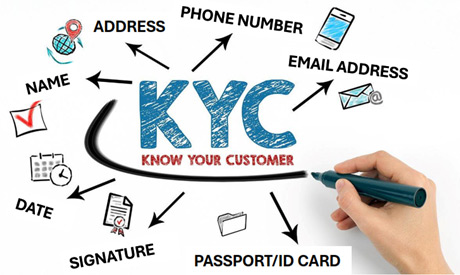Understanding KYC is essential in banking, involving necessary steps to confirm and verify customer identities during account setup. These steps, required by law, help banks reduce risks and maintain trustworthy business relationships.
KYC’s main goal is to make sure that customers are who they say they are. This process is vital for stopping money laundering, terrorism financing, and other illegal activities. Not following KYC rules can lead banks to refuse to open accounts or end existing relationships.
Key Steps in a Typical KYC Process:
Customer Due Diligence and Risk Assessment:
At the start, banks collect and check customer information like IDs, address proof, and income proof. They also look at factors like job, where the customer is from, and the types of transactions they do. Customers seen as risky get extra checks.
Enhanced Due Diligence (EDD):
Next, banks dive deeper into understanding high-risk customers. This means getting more details about where their money comes from, why they’re doing transactions, and looking closely at their transaction patterns.
Ongoing Monitoring and Updating Customer Information:
Lastly, banks keep an eye on customer activities all the time and regularly update their info. Watching continuously helps spot any suspicious transactions quickly. And updating information makes sure the bank’s risk checks stay accurate.
KYC isn’t just a rule; it’s an important tool in keeping the financial sector safe from fraud. By following strict KYC processes, banks can confirm their customers are who they say they are, stop illegal financial activities, and keep the financial system honest.
As technology gets better, evolving KYC processes will become even more important in helping to stop financial crimes.

